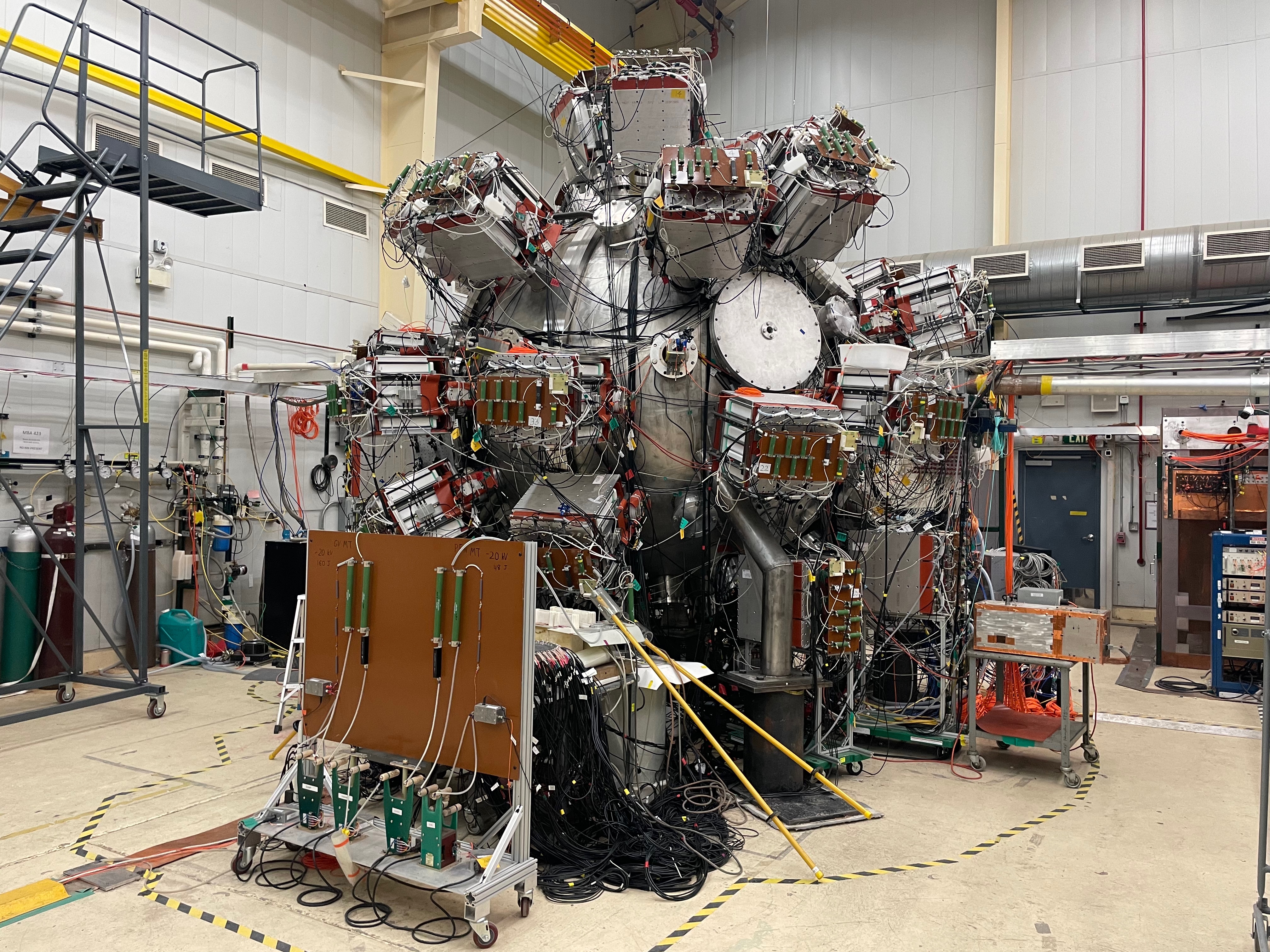A Scalable Platform for Fusion and High-Energy Plasma Research
The Opportunity
Los Alamos National Laboratory is seeking commercial partners to advance the Plasma Liner Experiment (PLX), a compact and scalable platform for plasma-jet-driven magneto-inertial fusion (PJMIF) and advanced plasma applications.
PLX uses synchronized supersonic plasma jets to form imploding plasma liners. This approach enables research and testing without large magnets or multi-megajoule lasers. The platform is modular, compact, and designed for repeatable, non-destructive experiments.
